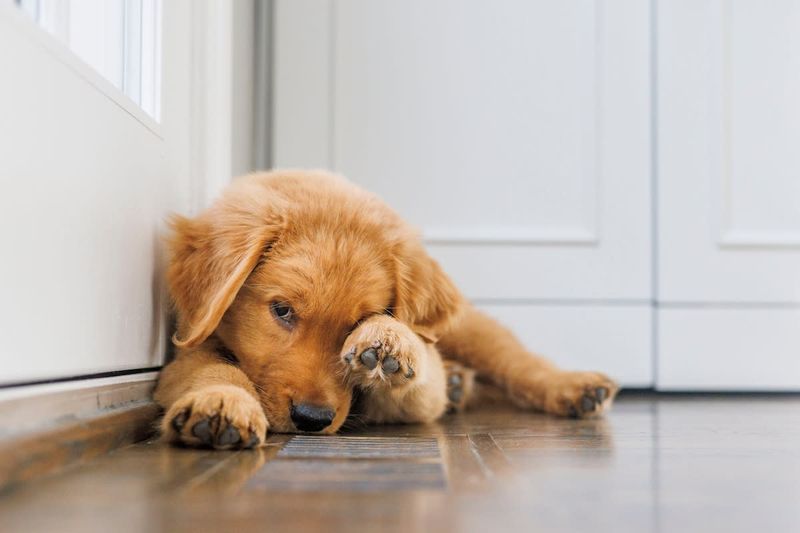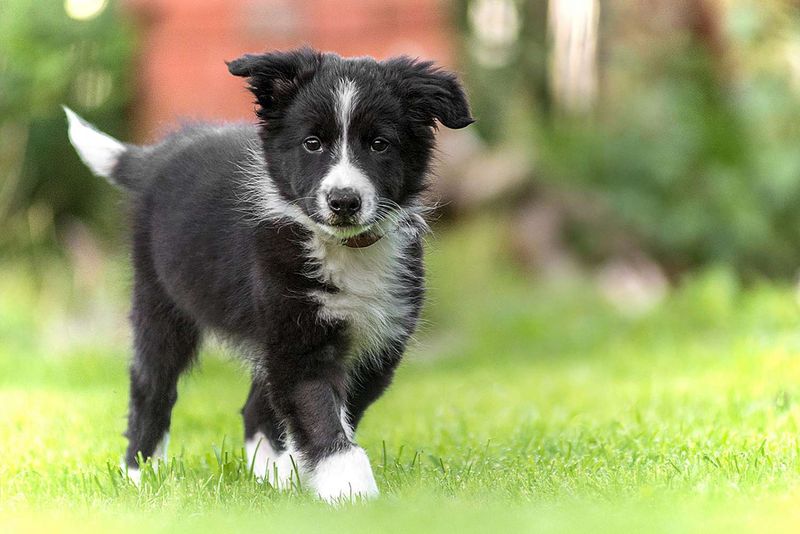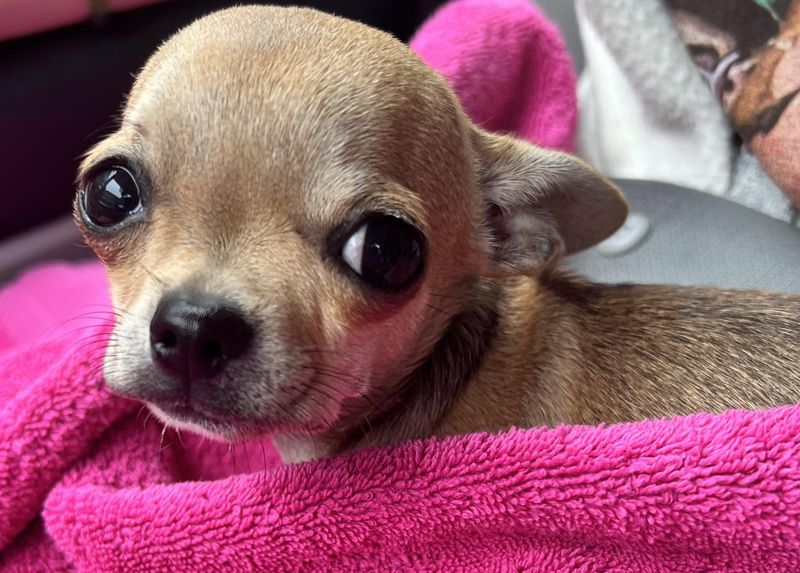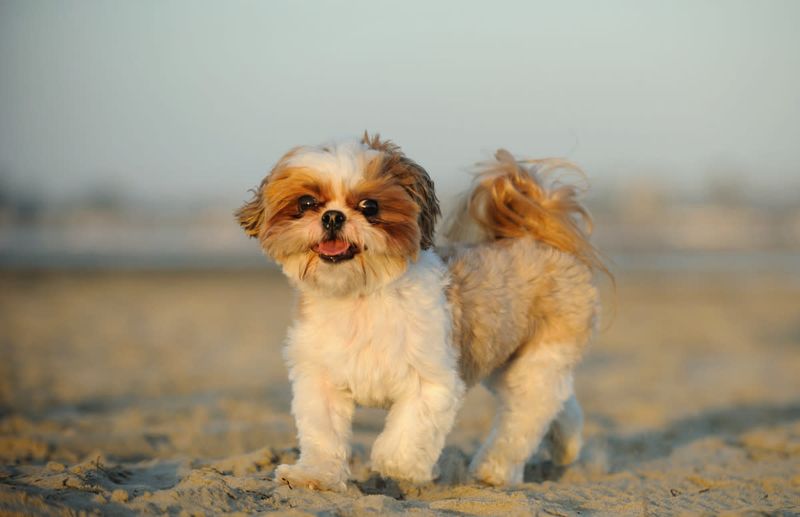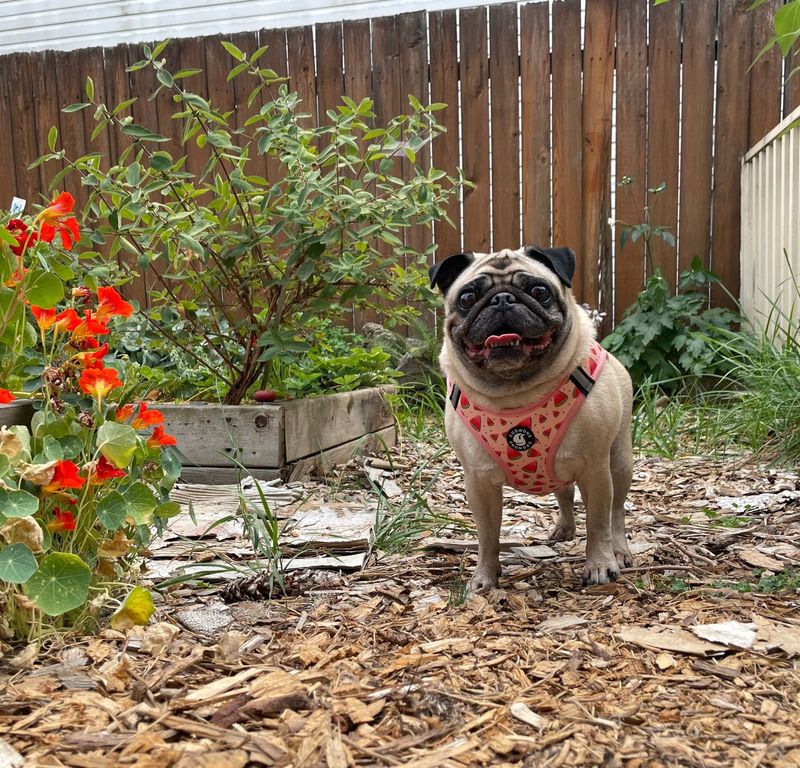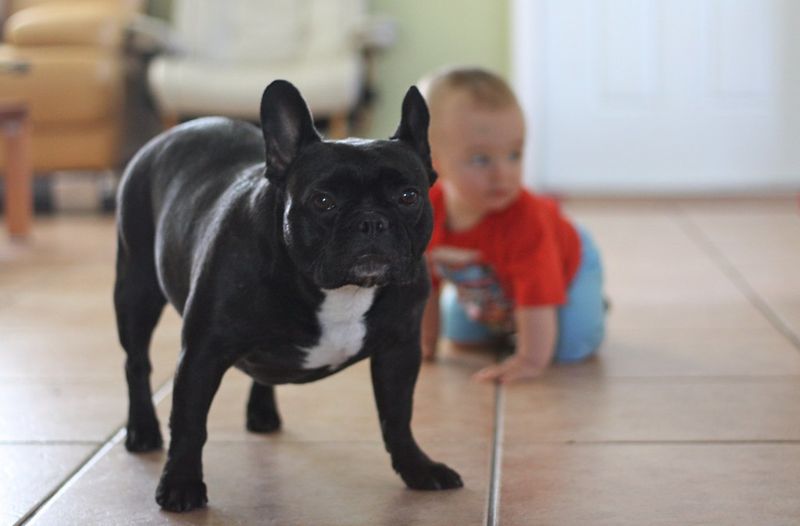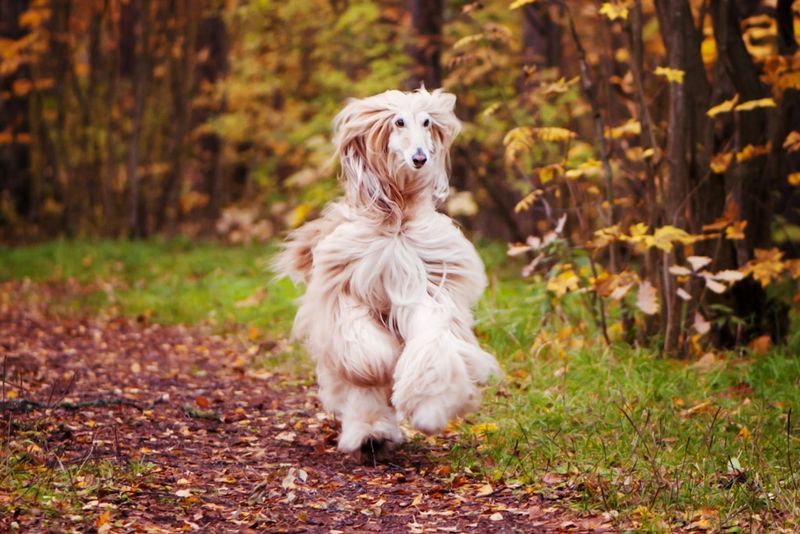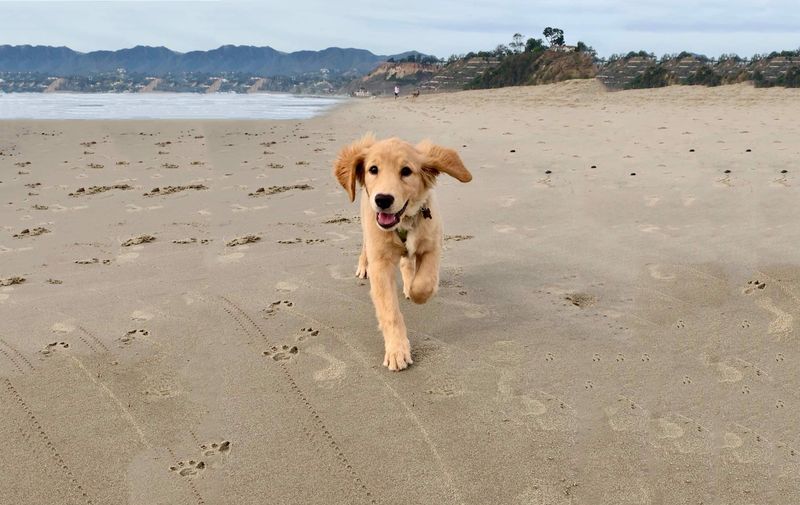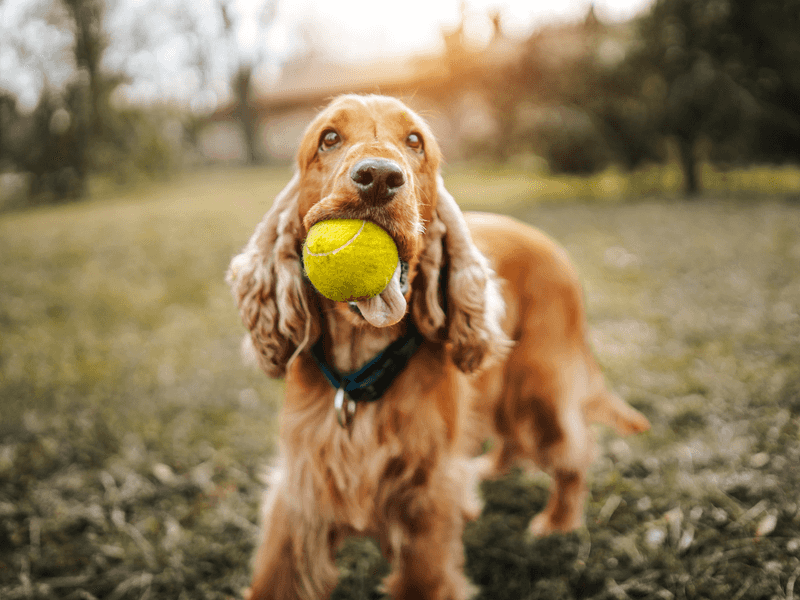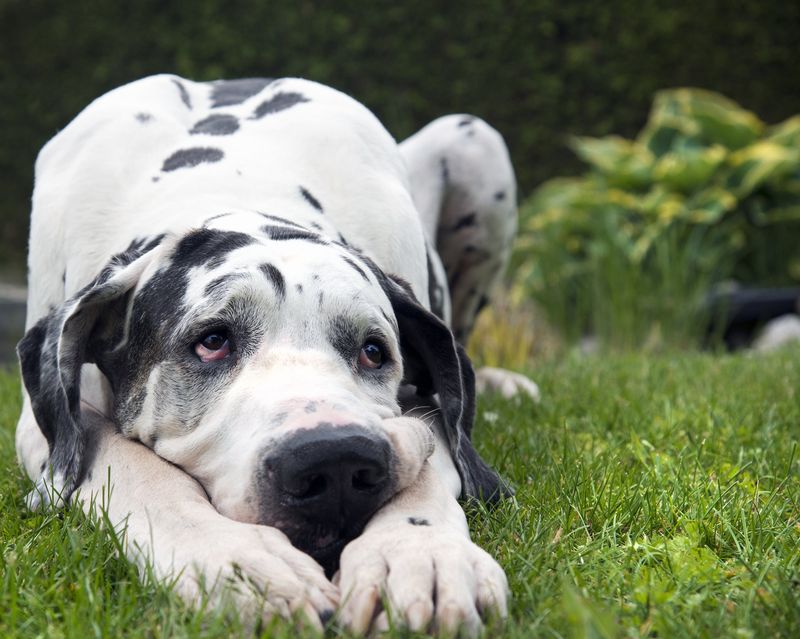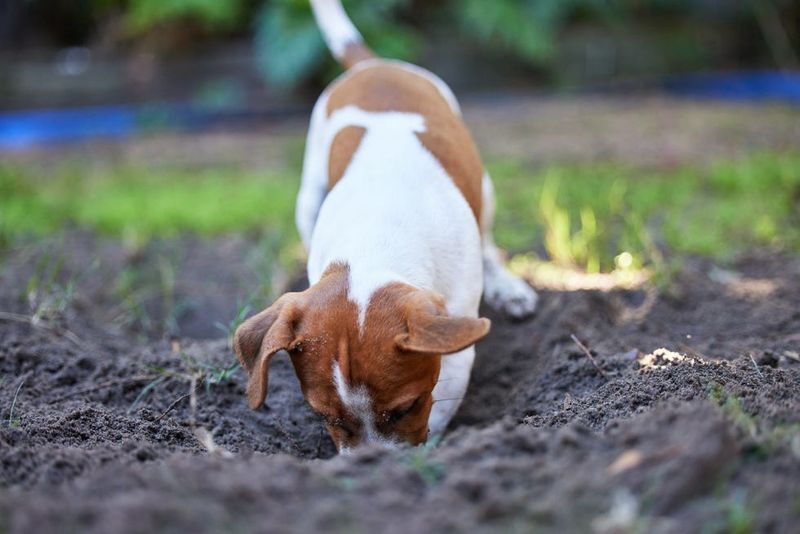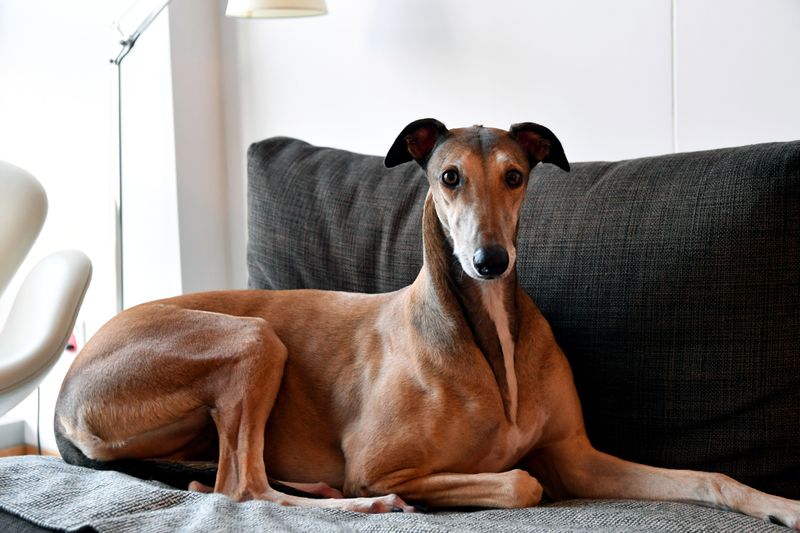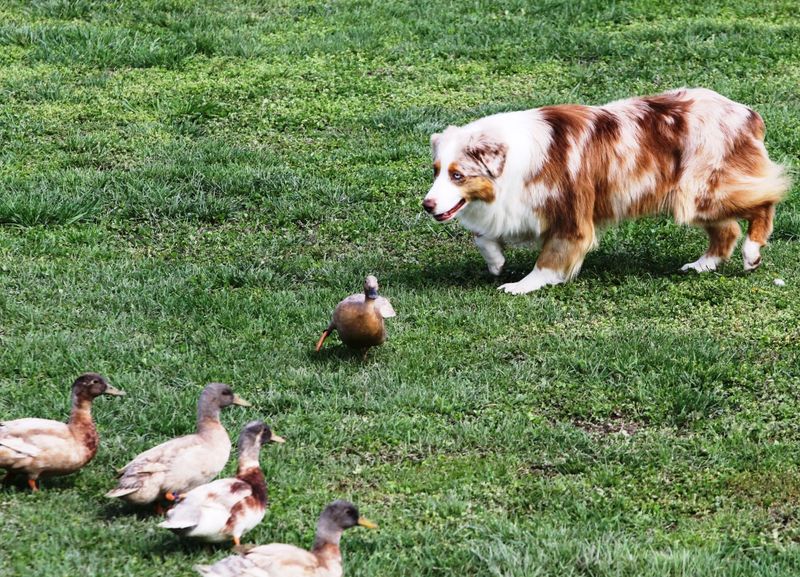Exploring various puppy socialization stories that didn’t go as planned, this post delves into the unique experiences that have reshaped the perspective of dog trainers worldwide. From unexpected challenges to heartwarming lessons, these narratives highlight the unpredictable journey of raising and training puppies.
The Shy Golden Retriever
In the bustling world of a dog park, one might expect all puppies to happily frolic. However, Max, a 6-month-old Golden Retriever, hesitated. Despite his breed’s reputation for sociability, he preferred staying close to his owner’s feet.
Trainers observed that not all puppies embrace socialization as eagerly as expected. Max’s cautious demeanor taught them to tailor socialization techniques to each puppy’s personality.
Fun fact: Golden Retrievers are often voted America’s favorite breed, but even they can surprise trainers with unique behavioral quirks, just like Max did.
The Overexcited Border Collie
Charlie, a 7-month-old Border Collie, was introduced to a flock of sheep for the first time. His energy was unmatched, as he eagerly darted around the herd. What seemed like great enthusiasm soon turned into chaos as the sheep scattered in every direction.
Trainers quickly realized the importance of controlled introduction to new environments. Charlie’s story served as a reminder that excitement must be guided with patience.
Did you know? Border Collies are considered the most intelligent dog breed, often excelling in agility and herding, but they require structured training from an early age.
The Fearful Chihuahua
Tiny but mighty, Bella faced the world with a trembling heart. Her first encounter with a large German Shepherd left her quivering. While size may seem daunting, trainers learned not to underestimate the courage of small breeds.
These interactions taught trainers to gradually acclimate puppies to larger dogs, ensuring a positive experience. Bella’s journey illustrated the need for patience and understanding.
Fun fact: Chihuahuas, though the smallest dog breed, often have big personalities, but they require careful socialization to build confidence.
The Curious Beagle
With a nose for adventure, Buddy the Beagle explored a bustling city market. His curiosity led him to sniff every corner, ignoring his owner’s calls. This innocent curiosity quickly turned into a game of chase.
Trainers realized that high-energy environments require focused attention and recall training. Buddy’s escapades highlighted the need for controlled exploration.
Did you know? Beagles are known for their incredible sense of smell and often work in airports for scent detection, but this skill also means they can easily get distracted.
The Distracted Dalmatian
Spot the Dalmatian was the star of his obedience class—until a butterfly fluttered by. His focus evaporated, much to the amusement of onlookers. This moment highlighted the importance of capturing a puppy’s attention amidst distractions.
For trainers, it was a lesson in patience and persistence, teaching that even the most focused puppies can be easily sidetracked.
Fun fact: Dalmatians are known for their distinctive spots and were historically used as coach dogs, running alongside horse-drawn carriages.
The Timid Doberman
Not all Dobermans are born fearless protectors. Duke hesitated at the pool’s edge, unsure of the water. This timid behavior surprised his trainers, who expected more confidence from the breed.
Duke’s reluctance taught trainers the value of gentle encouragement and positive reinforcement in overcoming fears.
Did you know? Despite their reputation, Dobermans are often affectionate family dogs, showcasing the importance of individualized training.
The Overconfident German Shepherd
Odin, a young German Shepherd, exuded confidence. Too much, perhaps, as he bounded into an older dog’s territory at the park. His bravado led to a scuffle, catching trainers off guard.
They learned that social hierarchy is crucial, even among puppies. Odin’s story emphasized the need for supervised interactions to teach respect and boundaries.
Fun fact: German Shepherds are often used in police work due to their intelligence and loyalty, but even they need guidance in social settings.
The Reserved Shih Tzu
Misty the Shih Tzu preferred to watch from afar as other dogs played on the beach. Her reserved nature didn’t deter her from observing, but she was reluctant to join in.
This behavior taught trainers that not all puppies will dive into socialization; some need time to warm up. Patience became an essential tool in encouraging Misty to engage.
Fun fact: Shih Tzus were originally bred as companion dogs for Chinese royalty, often enjoying the role of observer before participant.
The Mischievous Pug
Wally the Pug was the life of the party at a family picnic, until his playful antics turned chaotic. From knocking over drinks to snatching food, his mischief knew no bounds.
Trainers observed that energetic puppies like Wally need clear boundaries and guidance to channel their energy positively. His story reinforced the importance of structured play.
Did you know? Pugs have been delighting people since ancient times, once favored by the Chinese Emperors for their charming personalities.
The Nervous French Bulldog
Baxter, a French Bulldog, approached a group of children with trepidation. Despite his usual playful demeanor, the unfamiliar situation made him anxious.
Trainers discovered that even resilient breeds can show vulnerability, requiring gentle introductions to new social scenarios. Baxter’s experience underscored the importance of gradual exposure.
Fun fact: French Bulldogs are known for their bat-like ears and affectionate nature, often thriving in small, familiar settings.
The Independent Afghan Hound
With grace and elegance, Luna the Afghan Hound explored the forest trail, ignoring her owner’s calls. Her independent spirit was both a marvel and a challenge.
Trainers learned that some breeds require a different approach, balancing freedom with training. Luna’s story highlighted the importance of understanding breed-specific traits.
Did you know? Afghan Hounds, with their luxurious coats, were originally hunting dogs in the mountains of Afghanistan, where their independence was an asset.
The Adventurous Labrador
Sam, the Labrador, was a whirlwind of energy on the beach, digging and chasing seagulls with unbridled enthusiasm. His adventurous spirit was infectious, but also needed direction.
Trainers observed that Labradors, known for their friendly nature, also require consistent guidance to manage their exuberance. Sam’s beach day was a lesson in balancing fun with discipline.
Fun fact: Labradors are the most popular breed in many countries, known for their versatility and love of water, making them excellent companions for outdoor adventures.
The Playful Cocker Spaniel
With ears flapping in the wind, Daisy the Cocker Spaniel chased a tennis ball across the yard. Her playful nature was a joy, but it also highlighted the need for focused play sessions.
Trainers noted that balance is key, ensuring puppies like Daisy get adequate exercise while learning obedience. Her story served as a reminder of the breed’s energy and enthusiasm.
Did you know? Cocker Spaniels were originally bred for hunting, their joyful personalities making them beloved family pets worldwide.
The Anxious Dachshund
When a loud noise startled the room, Oscar the Dachshund retreated under the couch. His anxious nature surprised many, but trainers knew this sensitivity needed careful handling.
Oscar’s behavior illustrated the importance of creating safe environments for anxious puppies, allowing them to build confidence at their own pace.
Fun fact: Despite their small size, Dachshunds were originally bred to hunt badgers, showcasing their bravery and determination.
The Sociable Siberian Husky
With a wagging tail and boundless energy, Luna the Siberian Husky greeted every hiker on a snowy trail. Her sociable nature was endearing, but also required boundaries.
Trainers learned that even the most friendly puppies need guidance in social settings, ensuring positive interactions. Luna’s story highlighted the joy and challenges of training a social butterfly.
Did you know? Siberian Huskies were originally bred as sled dogs, known for their endurance and friendly demeanor.
The Cautious Great Dane
Despite their size, Great Danes can sometimes surprise with their cautious nature. Duke approached a small puddle with trepidation, unsure of what lay beneath.
Trainers realized that even gentle giants need time to build confidence, using positive reinforcement to encourage exploration. Duke’s story was a reminder that size doesn’t always equate to confidence.
Fun fact: Great Danes are known as the “Apollo of Dogs,” renowned for their size and gentle demeanor.
The Curious Jack Russell
Toby the Jack Russell Terrier was always on a mission, digging in the garden for hidden treasures. His curiosity was endless, leading him to unearth surprises at every turn.
Trainers observed that channeling this curiosity required creative engagement, ensuring Toby’s zest for exploration was focused productively.
Did you know? Jack Russells are known for their high energy and intelligence, often requiring extensive exercise and mental stimulation.
The Quiet Greyhound
In contrast to his racing past, Max the Greyhound preferred quiet contemplation by the window. His calm demeanor was soothing, yet unexpected for such an athletic breed.
Trainers learned that Greyhounds, despite their speed, are often couch potatoes who appreciate a serene environment. Max’s quiet nature was a reminder of the breed’s adaptability.
Fun fact: Greyhounds are one of the oldest dog breeds, known for their incredible speed and gentle nature.
The Bold Scottish Terrier
Fergus the Scottish Terrier led his pack through the forest with determination. His bold personality was both charming and instructive, setting the pace for the group.
Trainers discovered that Fergus’s confidence was contagious, but also required direction to ensure harmonious play. His leadership demonstrated the importance of positive reinforcement and guidance.
Did you know? Scottish Terriers, often called Scotties, are known for their independence and strong-willed nature, making them distinctive companions.
The Energetic Boxer
Baxter the Boxer was a blur of energy as he leaped into the lake, splashing everyone around. His exuberance was infectious, yet needed careful management.
Trainers saw the importance of channeling this energy into constructive activities, ensuring safety and enjoyment for all.
Fun fact: Boxers are known for their playful personalities and strong bonds with families, often excelling in activities like agility and obedience.
The Gentle Basset Hound
With soulful eyes and a gentle approach, Bailey the Basset Hound interacted with a baby, showcasing his calm nature. His nurturing demeanor was a comfort, reinforcing his role as a family companion.
Trainers recognized the importance of nurturing such gentle interactions, emphasizing positive reinforcement.
Did you know? Basset Hounds have an incredible sense of smell, second only to Bloodhounds, making them exceptional in scent detection.
The Spirited Australian Shepherd
With boundless enthusiasm, Roo the Australian Shepherd herded ducks with precision. Her spirited nature was a marvel, reflecting her breed’s herding heritage.
Trainers appreciated the importance of channeling this natural instinct towards productive activities, ensuring both exercise and mental stimulation.
Did you know? Australian Shepherds, despite their name, were developed in the United States for herding livestock, known for their intelligence and agility.

